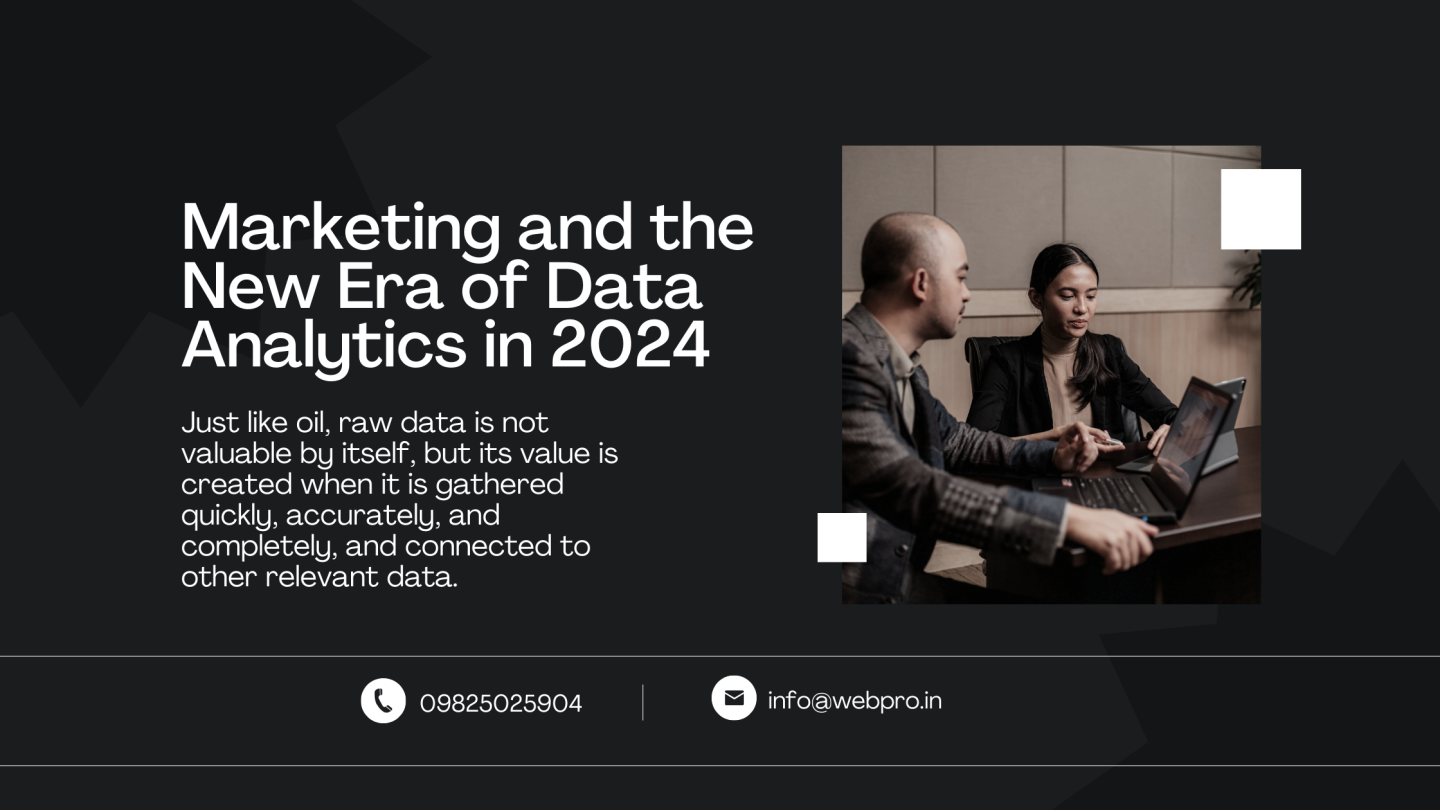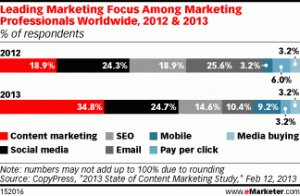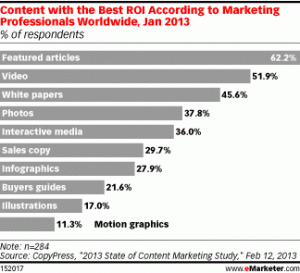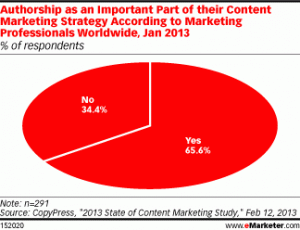In the world of digital marketing, content still remains king in 2024. However, continually creating fresh, high-quality content can be a resource-intensive endeavor. This is where content repurposing comes into play, offering a strategic approach to maximizing the reach and impact of your content while also boosting your SEO efforts.
Understanding Content Repurposing
Content repurposing involves taking existing content and transforming it into different formats or repackaging it for distribution across various channels. Rather than starting from scratch, you leverage your existing content assets to reach new audiences and reinforce your brand message. This approach not only saves time and resources but also enhances your content's longevity and versatility.
Benefits of Content Repurposing for SEO
Expanded and Augmented Reach:
By repurposing content into different formats such as videos, infographics, podcasts, or slideshows, you can engage with diverse audience segments across multiple platforms, expanding your reach and driving more traffic to your website.
Improved Search Visibility:
Search engines favor diverse content types. By repurposing content into various formats and optimizing each for relevant keywords, you increase the likelihood of appearing in different search results, thereby improving your overall search visibility.
Enhanced User Experience:
Offering content in different formats caters to the preferences ofvarious audience segments. This improves user experience, reduces bounce rates, and increases dwell time on your website—all of which are positive signals for SEO.
Elevated Authority and Credibility:
Repurposing content allows you to reinforce key messages and establish authority in your niche. Consistently delivering valuable content across multiple channels positions your brand as a reliable source of information, earning trust and credibility from both users and search engines.
Backlink Opportunities:
When you repurpose content into formats suitable for outreach, such as guest blog posts, videos, or downloadable resources, you create opportunities for acquiring backlinks from authoritative websites, which are crucial for SEO.
The Transformative Impact of Content Repurposing on Social Media
Amplified Reach and Engagement:
Repurposing content across social media platforms allows you to connect with audiences where they are most active. Whether it's transforming blog posts into engaging Instagram carousels or converting videos into bite-sized snippets for TikTok, diverse formats cater to varied audience preferences, driving higher engagement and interaction.
Optimized Content Lifespan:
Social media platforms thrive on fresh, relevant content. By repurposing existing assets, you extend their lifespan and maintain a consistent presence in users' feeds. What may have been a one-time blog post can be repurposed into multiple social media posts, ensuring continued visibility and engagement over time.
Enhanced Brand Consistency:
Consistency is key to building a strong brand presence on social media. Repurposing content allows you to reinforce key brand messages and maintain a cohesive identity across different platforms. Whether it's sharing user-generated content or repackaging testimonials into compelling visuals, consistent messaging fosters brand recognition and loyalty.
Streamlined Content Creation Process:
Repurposing content streamlines the content creation process, saving time and resources. Rather than starting from scratch for each social media post, you leverage existing assets, adapt them for different platforms, and focus on maximizing their impact. This allows you to maintain a consistent posting schedule without sacrificing quality or creativity.
Practical Strategies for Content Repurposing
Identify And Audit Evergreen Content:
Start by identifying high-performing evergreen content from your archives. These are pieces that remain relevant and valuable to your audience over time. Examples include comprehensive guides, tutorials, or in-depth case studies.
Repurpose Across Formats:
Transform your evergreen content into different formats to appeal to various audience preferences. For instance, convert a blog post into a video tutorial, an infographic, or a downloadable checklist. Optimize each format for relevant keywords and include backlinks to your original content.
Update and Refresh:
Periodically update and refresh existing content to ensure its accuracy and relevance. Incorporate new data, insights, or examples to keep it current. Google rewards fresh, up-to-date content with higher rankings.
Optimize Metadata and Keywords:
When repurposing content, ensure that you optimize metadata such as titles, descriptions, and tags for each format. Conduct keyword research to identify relevant search terms and incorporate them strategically into your content to improve its discoverability.
Promote Across Channels:
Once you've repurposed content into different formats, promote it across relevant channels to maximize its visibility. Share videos on YouTube, slideshows on SlideShare, and infographics on social media platforms. Encourage audience engagement and interaction to amplify your reach.
Track Performance and Iterate:
Monitor the performance of repurposed content using analytics tools to gauge its effectiveness. Track metrics such as traffic, engagement, and conversions to identify what works best for your audience. Use this data to refine your repurposing strategy and optimize future content efforts.
Content repurposing offers a cost-effective and efficient way to extend the lifespan of your content, reach new audiences, and bolster your SEO and social media efforts. By leveraging existing assets and adapting them into different formats, you can enhance your brand's visibility, authority, and relevance in the digital landscape.
Incorporate the strategies outlined in this guide into your content marketing strategy to unlock the full potential of content repurposing and propel your SEO success in 2024 and beyond.

















